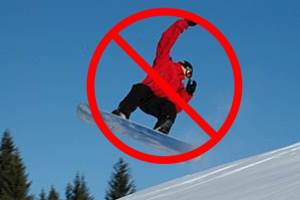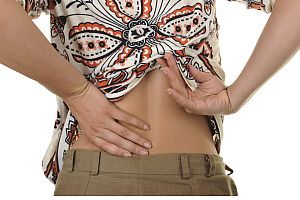Understanding Inflammation
 Your body employs a number of powerful biological responses to keep you alive and healthy. Some of these responses can be triggered without much notice, but others are difficult to ignore. One of these more obvious responses is inflammation. Inflammation has an important role to play in the body’s ability to heal, but in some situations it can become problematic. Read on to understand more about this important function.
Your body employs a number of powerful biological responses to keep you alive and healthy. Some of these responses can be triggered without much notice, but others are difficult to ignore. One of these more obvious responses is inflammation. Inflammation has an important role to play in the body’s ability to heal, but in some situations it can become problematic. Read on to understand more about this important function.
What is Inflammation?
When your body undergoes an injury or encounters an infection or irritant, it uses inflammation to aid in the healing process. The body releases chemical substances into the tissue around the injury or infection, which allows blood more access to the problematic area. The skin around the inflamed area often grows red and might feel warm to the touch. Inflammation can also cause pain as the released chemicals stimulate nerve endings and make the area more sensitive. This sensitivity prompts you to give the injured area plenty of rest, helping to improve the body’s ability to heal.
Inflammation Gone Awry
In the short term, inflammation provides a valuable service. However, inflammation can become chronic, meaning that it can last for months or even years. Chronic inflammation can occur if the body’s natural systems fail to address the root cause of the inflammatory response, or if the immune response mistakenly starts to attack healthy tissue. This type of inflammation plays a role in a variety of chronic conditions, such as asthma, rheumatoid arthritis, and ulcerative colitis. Inflammation can also interfere with your life by causing congestion, fatigue, high blood pressure, allergies, and weight gain.
While everyone experiences inflammation from time to time in response to injury or irritation, some lifestyle factors can make you more prone to unnecessary inflammation. A study conducted by the Emory University School of Medicine in Atlanta, Georgia found that sleep deprivation raises the body’s levels of inflammatory markers, substances in the blood that show that inflammation is present. People who are overweight and obese also tend to show higher levels of these markers. However, a study from the Fred Hutchinson Cancer Research Center in Seattle, Washington, found that postmenopausal women who were overweight or obese showed a measurable decrease in inflammation markers when they lost 5% of their body weight.
Keeping Inflammation Under Control
If you believe you are suffering from uncontrolled inflammation, check in with your primary care provider to rule out any life-threatening conditions. Then, schedule a time to talk with your chiropractor. A 2010 study by the University of Quebec at Montreal found evidence that chiropractic manipulation can cause inflammation markers to normalize. A chiropractor can also make lifestyle suggestions to help make sure your diet, exercise and sleep levels support a healthy inflammation response.
Inflammation is a very good thing in the right circumstances, but it can cause many problems in the wrong ones. There are solutions, however, so there is no need to keep living with painful chronic inflammation.








